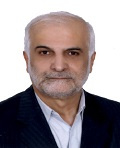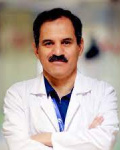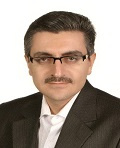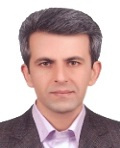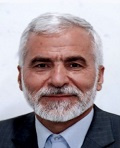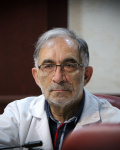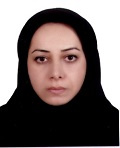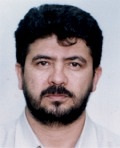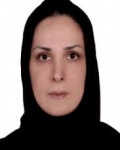مرکزی
انستیتو آموزشی تحقیقاتی و درمانی قلب و عروق شهید رجایی - متخصص رادیولوژی
مرکزی
انستیتو آموزشی تحقیقاتی و درمانی قلب و عروق شهید رجایی - متخصص بیهوشی - فلوشیپ بیهوشی قلب
مرکزی
انستیتو آموزشی تحقیقاتی و درمانی قلب و عروق شهید رجایی - متخصص بیهوشی - فلوشیپ بیهوشی قلب
مرکزی
انستیتو آموزشی تحقیقاتی و درمانی قلب و عروق شهید رجایی - متخصص بیهوشی - فلوشیپ بیهوشی قلب
مرکزی
انستیتو آموزشی تحقیقاتی و درمانی قلب و عروق شهید رجایی - متخصص بیهوشی - فلوشیپ بیهوشی قلب
مرکزی
انستیتو آموزشی تحقیقاتی و درمانی قلب و عروق شهید رجایی - متخصص بیهوشی - فلوشیپ بیهوشی قلب
مرکزی
انستیتو آموزشی تحقیقاتی و درمانی قلب و عروق شهید رجایی - متخصص بیهوشی - فلوشیپ بیهوشی قلب
مرکزی
انستیتو آموزشی تحقیقاتی و درمانی قلب و عروق شهید رجایی - متخصص بیهوشی - فلوشیپ بیهوشی قلب
مرکزی
انستیتو آموزشی تحقیقاتی و درمانی قلب و عروق شهید رجایی - متخصص بیهوشی - فلوشیپ بیهوشی قلب
مرکزی
انستیتو آموزشی تحقیقاتی و درمانی قلب و عروق شهید رجایی - متخصص بیهوشی - فلوشیپ بیهوشی قلب
مرکزی
انستیتو آموزشی تحقیقاتی و درمانی قلب و عروق شهید رجایی - متخصص بیهوشی - فلوشیپ بیهوشی قلب
مرکزی
انستیتو آموزشی تحقیقاتی و درمانی قلب و عروق شهید رجایی - متخصص بیهوشی - فلوشیپ بیهوشی قلب
مرکزی
انستیتو آموزشی تحقیقاتی و درمانی قلب و عروق شهید رجایی - متخصص بیهوشی - فلوشیپ بیهوشی قلب
مرکزی
انستیتو آموزشی تحقیقاتی و درمانی قلب و عروق شهید رجایی
مرکزی
انستیتو آموزشی تحقیقاتی و درمانی قلب و عروق شهید رجایی - متخصص رادیولوژی
مرکزی
انستیتو آموزشی تحقیقاتی و درمانی قلب و عروق شهید رجایی - سایر پزشکان مرکز
مرکزی
انستیتو آموزشی تحقیقاتی و درمانی قلب و عروق شهید رجایی
عضو هیئت علمی تمام وقت
مرکزی
انستیتو آموزشی تحقیقاتی و درمانی قلب و عروق شهید رجایی - متخصص قلب و عروق - فلوشیپ اینترونشنال الکتروفیزیولوژی

